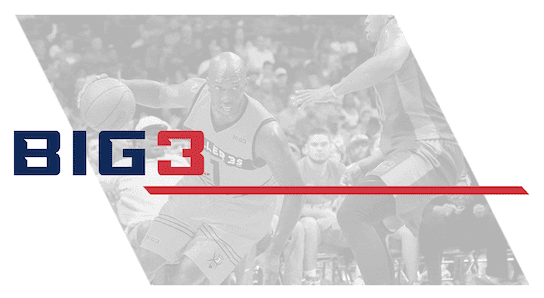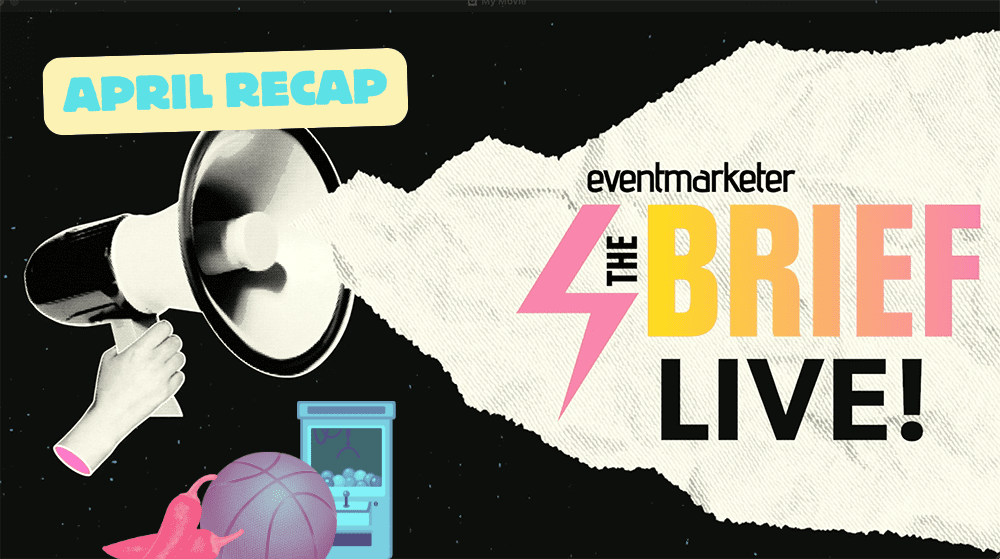Direct marketers are holding their own despite a challenging business environment, said Direct Marketing Association president H. Robert Wientzen.
As proof, Wientzen cited statistics from the trade association’s quarterly business review.
They show that the industry scored a 65 on the DMA’s performance index during the fourth quarter of 2003, compared with 57 during the same period the year before. Any number above 50 indicates growth, according to Wientzen.
And preliminary indications for the first quarter of 2004 point to an index of 69, Wientzen continued during the DMA’s Financial Services Conference.
Wientzen attributed the surge to the following three factors:
-
Database technology has allowed the industry to better target customers in increasingly cost-efficient ways.
-
The Web has continued to serve as a powerful marketing channel for long-distance sales. Online financial service products sales amounted to nearly $41 billion in 2003, with consumer firms making up $16.1 billion and business-to-business companies pulling in $24.8 billion.
-
An ever-increasing number of non-traditional direct marketing users have fueled growth. These include pharmaceutical, healthcare, entertainment and automotive marketers.
| Projected U.S. DR Ad Spending (In billions) | |||
|---|---|---|---|
| 2003 | 2008 | Annual Growth (%) | |
| Consumer | $97 | $122 | 4.7 |
| B-to-B | $106 | $140 | 5.7 |
| Total | $203 | $262 | 5.2 |
| U.S. Direct-Order Spending | |||
| 2003 | 2008 | Annual Growth (%) | |
| Consumer | $378 | $531 | 7.1 |
| B-to-B | $257 | $372 | 7.6 |
| Total | $635 | $903 | 7.3 |
| Source: Direct Marketing Association | |||
In addition, marketers planned to spend more on customer acquisition programs, e-mail marketing and Internet integration and e-commerce solutions during fourth quarter 2003. But they also expected to cut back on wages, customer relationship management, paper and telemarketing.
Wientzen observed that he had a hard time understanding how spending on paper could drop when the cost of the product is seen as rising.
Meanwhile, total direct response ad spending grew 5% to $203 billion in 2003, with B-to-B firms laying out $106 billion of that and consumer marketers accounting for $97 billion, he said. Annual growth should mirror that rate through 2008 (see chart).
And overall direct marketing sales amounted to more than $1.7 trillion last year. Direct-order sales totaled $635 billion, with $378 billion of that coming from consumers and the rest from business customers. Lead-generation efforts pulled in $904 billion, and traffic generation garnered another $212 billion.
Among financial services marketers, insurance carriers and agents were tops in sales. They pulled in some $129.2 billion, nearly $40 million of which came from direct orders, while another $88.1 billion resulted from lead generation, and the remainder from traffic building. Consumer insurers sold $44.1 billion in product through direct marketing, while B-to-B policy writers took in $85.1 billion.
Commercial banks and other depository institutions realized DM revenue of $59.6 billion, with consumer firms accounting for $44.8 billion and B-to-B marketers for $14.8 billion. Direct orders came to $18.5 billion, and lead-generation efforts realized some $40.5 billion. Traffic-generation activities drew $600 million.
 Network
Network

